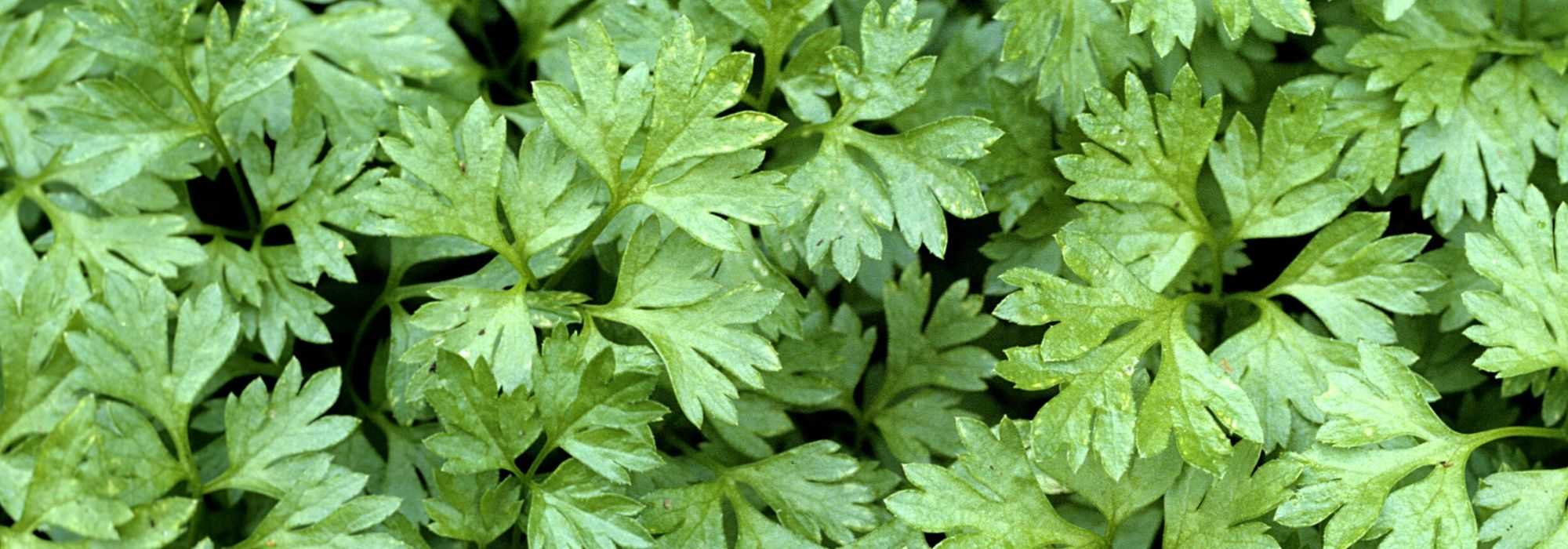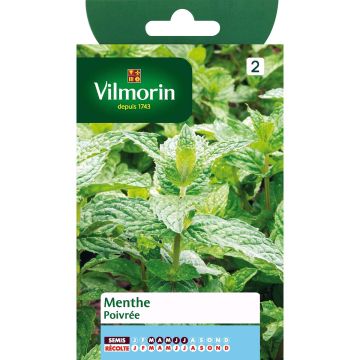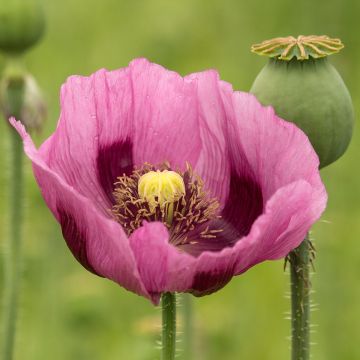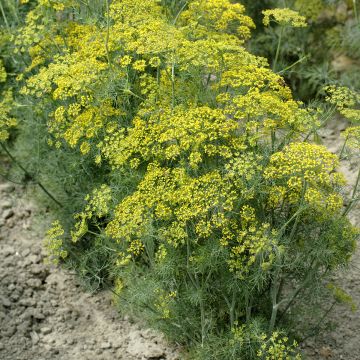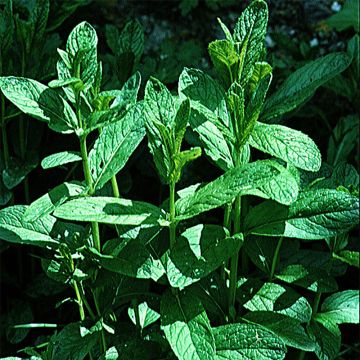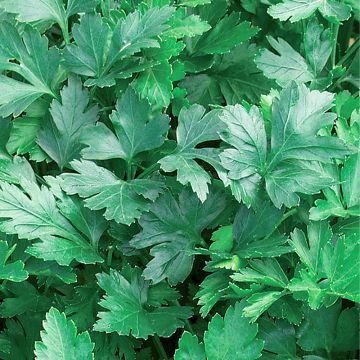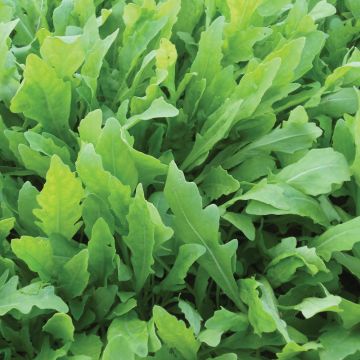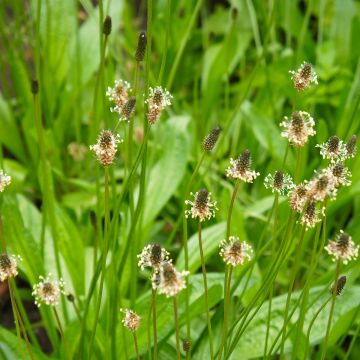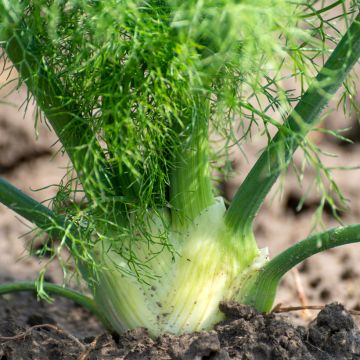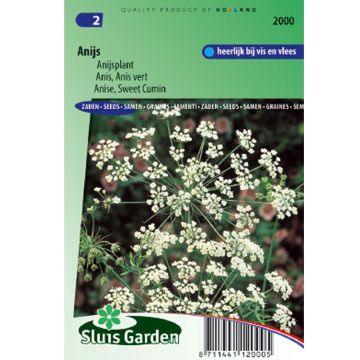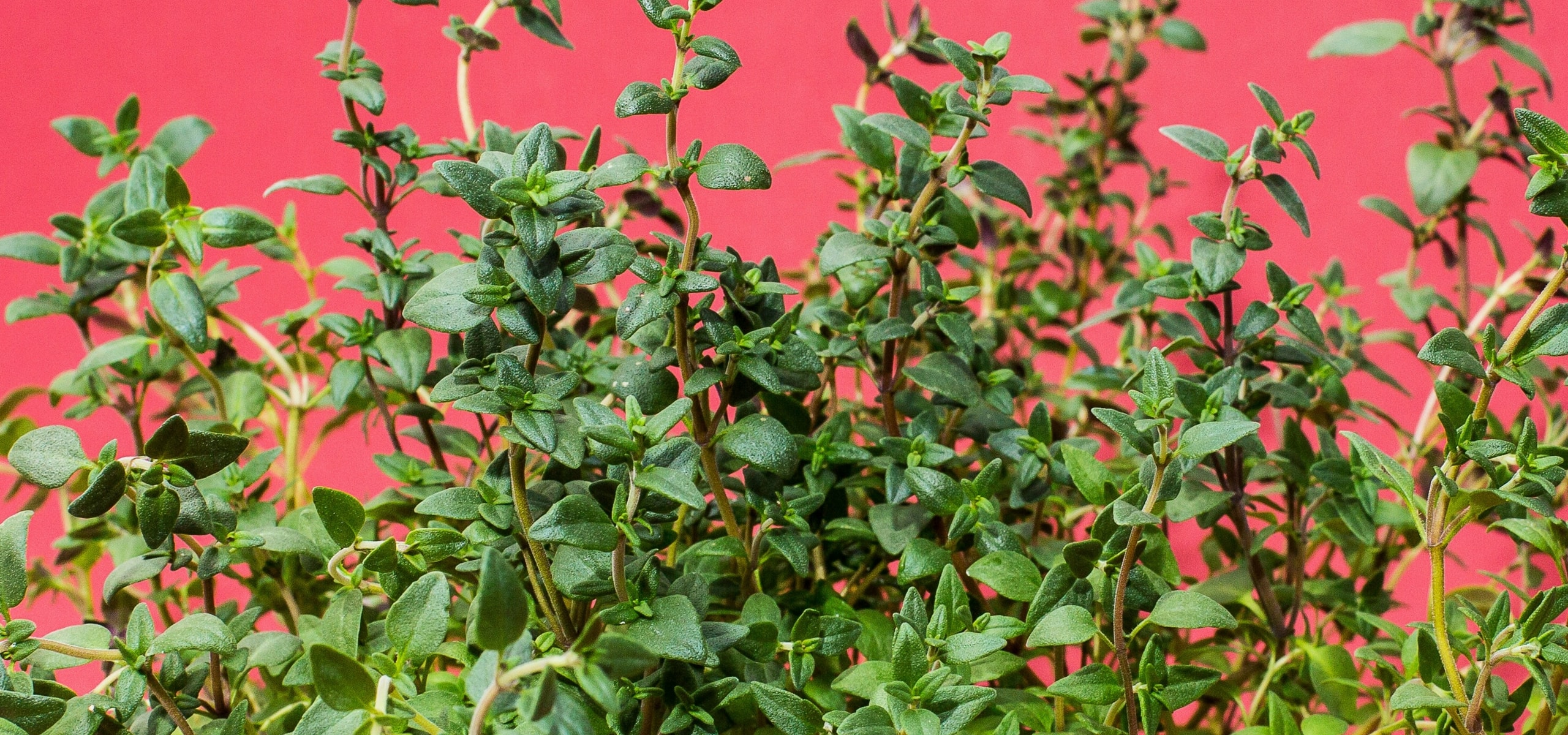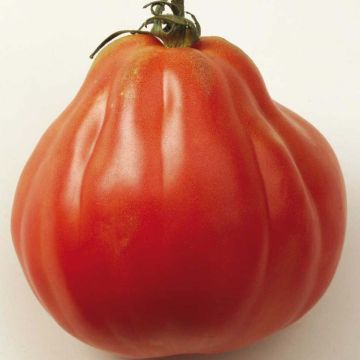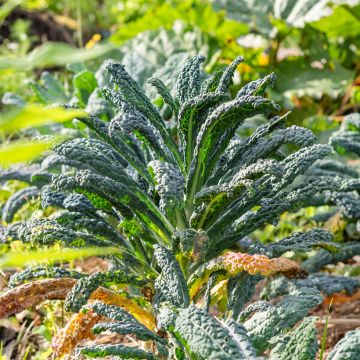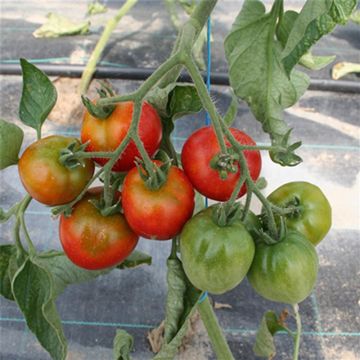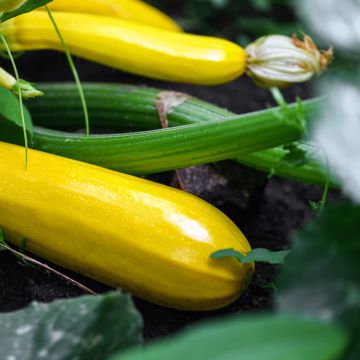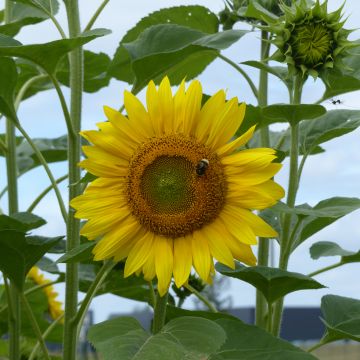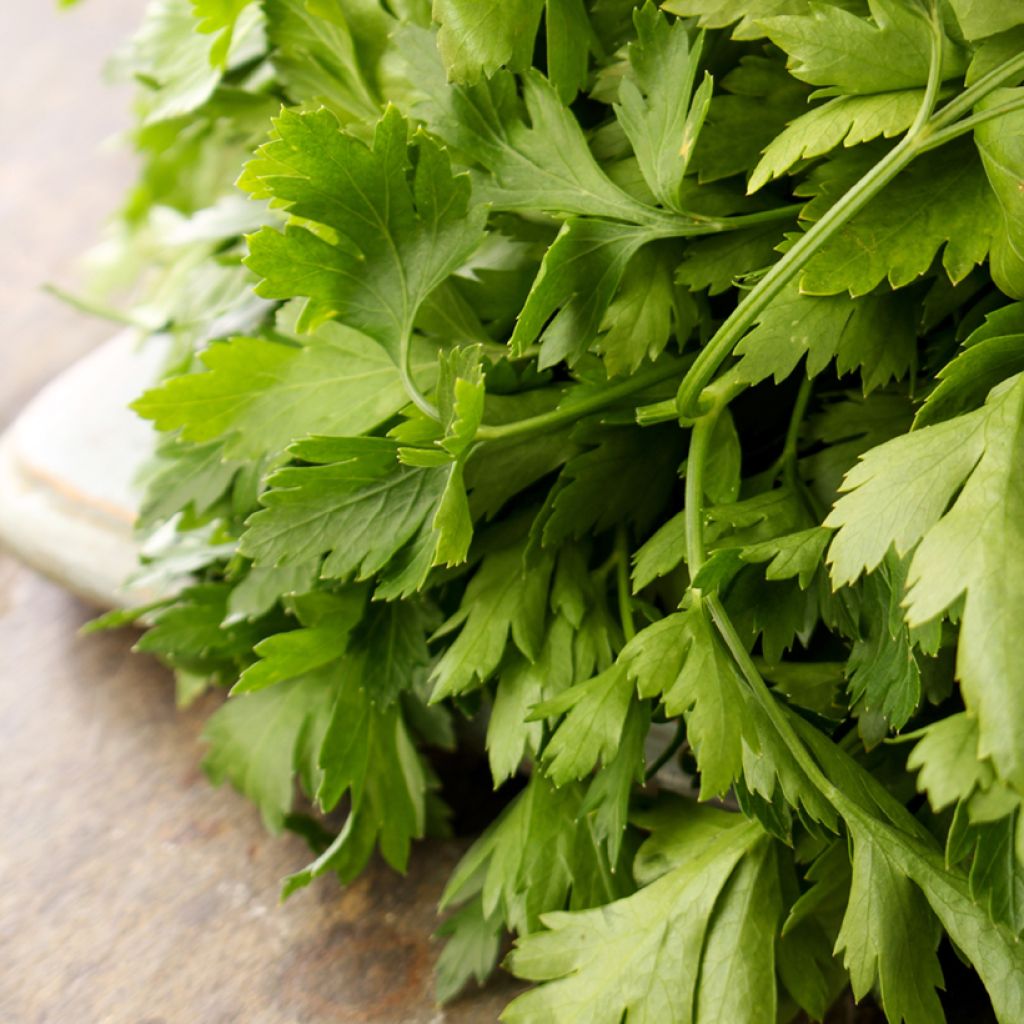

Common Chervil - Anthriscus cerefolium
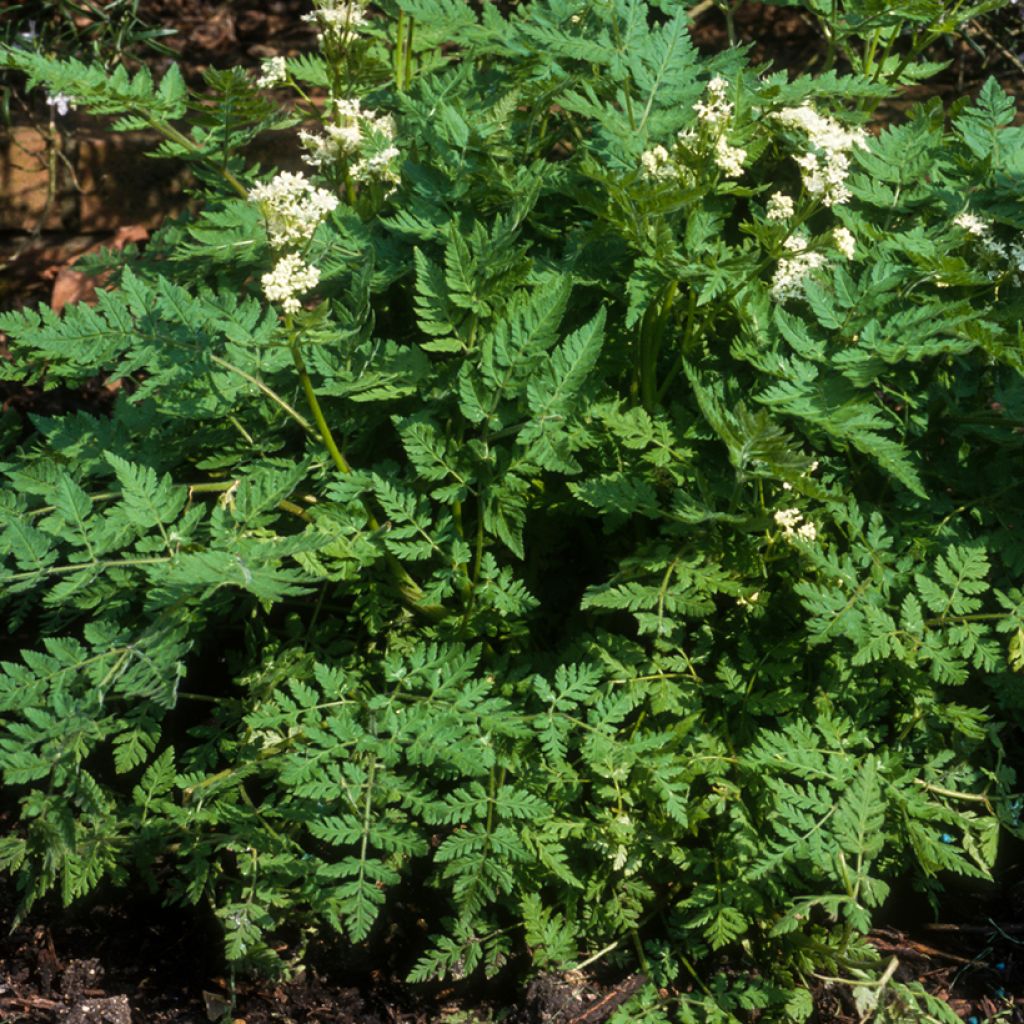

Common Chervil - Anthriscus cerefolium
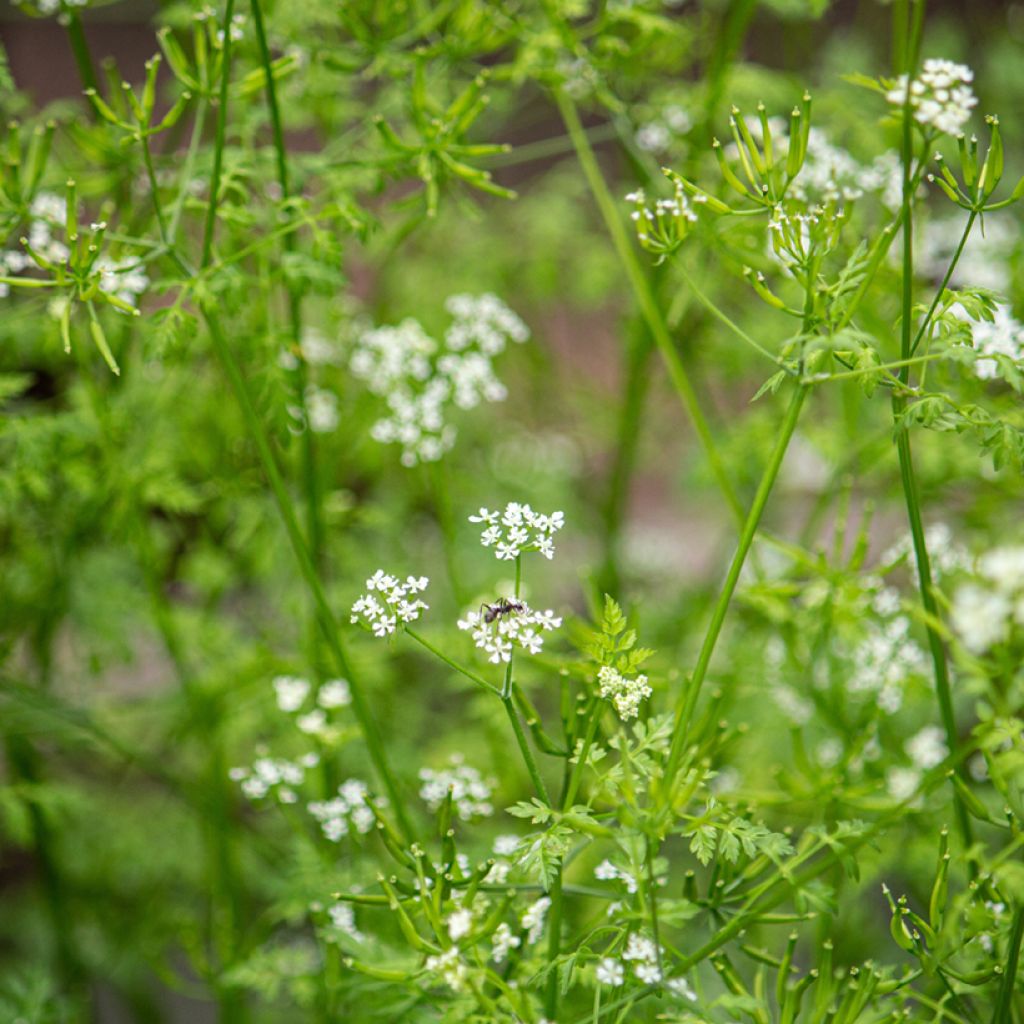

Common Chervil - Anthriscus cerefolium
Common Chervil - Anthriscus cerefolium
Anthriscus cerefolium
Garden Chervil, Chervil, Hedge Parsley
Sowing upon receipt. Waiting for recovery and the next production.
Nathalie, 09/06/2021
Special offer!
Receive a €20 voucher for any order over €90 (excluding delivery costs, credit notes, and plastic-free options)!
1- Add your favorite plants to your cart.
2- Once you have reached €90, confirm your order (you can even choose the delivery date!).
3- As soon as your order is shipped, you will receive an email containing your voucher code, valid for 3 months (90 days).
Your voucher is unique and can only be used once, for any order with a minimum value of €20, excluding delivery costs.
Can be combined with other current offers, non-divisible and non-refundable.
Home or relay delivery (depending on size and destination)
Schedule delivery date,
and select date in basket
This plant carries a 6 months recovery warranty
More information
We guarantee the quality of our plants for a full growing cycle, and will replace at our expense any plant that fails to recover under normal climatic and planting conditions.

Description
Chervil is an annual culinary plant that grows 30 to 50 cm (12 to 20in) tall, with finely cut leaves and long petioles at the base. Parsley is appreciated for its medicinal properties and its delicate aroma and slightly aniseed flavour. Sowing can be done from February to September for a harvest 4 to 6 weeks later.
Chervil, also known as hedge parsley or French parsley, has been known since the beginning of the Christian era. Its cultivation developed from the Middle Ages.
Originally from the Middle East, common parsley is cultivated for its appetising, purifying, diuretic, and stimulating properties. It contains vitamin C as well as trace elements. In cooking, the raw, finely chopped leaves flavour raw vegetables, salads, soups, many vegetables, sauces, stews, roasted meats, grilled dishes, and certain fish.
Chervil requires a compost addition at the end of autumn or the beginning of spring, at a rate of 3 kg per m². It prefers healthy, humus-rich, moist, well-aerated, and light soils. It can be grown in open ground as well as in pots.
Harvest: Leaves can be harvested from April to September by cutting them close to the ground according to daily needs.
Storage: For winter, chervil can be preserved by hanging the stems in a dry place. However, drying it causes it to lose some of its flavour. Freezing seems to be a preferable method.
Gardener's tip: Chervil likes the sun in spring, but it quickly flowers in summer when it is too exposed. The trick is to associate it with a few plants that can provide shade when needed.
Common Chervil - Anthriscus cerefolium in pictures




Harvest
Plant habit
Foliage
Botanical data
Anthriscus
cerefolium
Apiaceae
Garden Chervil, Chervil, Hedge Parsley
Cultivar or hybrid
Annual
Other Herb seeds
View all →Planting and care
Sowing
Seeds are sown from February to early September, in rows spaced 20 cm (8in) apart. In a flat furrow that is 5 cm (2in) wide and 2 cm (1in) deep, the seeds are placed. It is important not to sow too densely, and the seeds are covered with a little fine soil. The rows are then lightly compacted with the back of the rake. Germination takes about 8 days.
When the young plants have 4 or more leaves, thin them to 10 cm (4in) apart in the row.
Parsley can be sown by broadcast sowing, but in this case, weeding and hoeing are difficult. It can also be sown on a warm bed, under a cold frame, until October for winter consumption.
Seedlings
Care
Intended location
Planting & care advice
-
, onOrder confirmed
Reply from on Promesse de fleurs
Similar products
Haven't found what you were looking for?
Hardiness is the lowest winter temperature a plant can endure without suffering serious damage or even dying. However, hardiness is affected by location (a sheltered area, such as a patio), protection (winter cover) and soil type (hardiness is improved by well-drained soil).

Photo Sharing Terms & Conditions
In order to encourage gardeners to interact and share their experiences, Promesse de fleurs offers various media enabling content to be uploaded onto its Site - in particular via the ‘Photo sharing’ module.
The User agrees to refrain from:
- Posting any content that is illegal, prejudicial, insulting, racist, inciteful to hatred, revisionist, contrary to public decency, that infringes on privacy or on the privacy rights of third parties, in particular the publicity rights of persons and goods, intellectual property rights, or the right to privacy.
- Submitting content on behalf of a third party;
- Impersonate the identity of a third party and/or publish any personal information about a third party;
In general, the User undertakes to refrain from any unethical behaviour.
All Content (in particular text, comments, files, images, photos, videos, creative works, etc.), which may be subject to property or intellectual property rights, image or other private rights, shall remain the property of the User, subject to the limited rights granted by the terms of the licence granted by Promesse de fleurs as stated below. Users are at liberty to publish or not to publish such Content on the Site, notably via the ‘Photo Sharing’ facility, and accept that this Content shall be made public and freely accessible, notably on the Internet.
Users further acknowledge, undertake to have ,and guarantee that they hold all necessary rights and permissions to publish such material on the Site, in particular with regard to the legislation in force pertaining to any privacy, property, intellectual property, image, or contractual rights, or rights of any other nature. By publishing such Content on the Site, Users acknowledge accepting full liability as publishers of the Content within the meaning of the law, and grant Promesse de fleurs, free of charge, an inclusive, worldwide licence for the said Content for the entire duration of its publication, including all reproduction, representation, up/downloading, displaying, performing, transmission, and storage rights.
Users also grant permission for their name to be linked to the Content and accept that this link may not always be made available.
By engaging in posting material, Users consent to their Content becoming automatically accessible on the Internet, in particular on other sites and/or blogs and/or web pages of the Promesse de fleurs site, including in particular social pages and the Promesse de fleurs catalogue.
Users may secure the removal of entrusted content free of charge by issuing a simple request via our contact form.
The flowering period indicated on our website applies to countries and regions located in USDA zone 8 (France, the United Kingdom, Ireland, the Netherlands, etc.)
It will vary according to where you live:
- In zones 9 to 10 (Italy, Spain, Greece, etc.), flowering will occur about 2 to 4 weeks earlier.
- In zones 6 to 7 (Germany, Poland, Slovenia, and lower mountainous regions), flowering will be delayed by 2 to 3 weeks.
- In zone 5 (Central Europe, Scandinavia), blooming will be delayed by 3 to 5 weeks.
In temperate climates, pruning of spring-flowering shrubs (forsythia, spireas, etc.) should be done just after flowering.
Pruning of summer-flowering shrubs (Indian Lilac, Perovskia, etc.) can be done in winter or spring.
In cold regions as well as with frost-sensitive plants, avoid pruning too early when severe frosts may still occur.
The planting period indicated on our website applies to countries and regions located in USDA zone 8 (France, United Kingdom, Ireland, Netherlands).
It will vary according to where you live:
- In Mediterranean zones (Marseille, Madrid, Milan, etc.), autumn and winter are the best planting periods.
- In continental zones (Strasbourg, Munich, Vienna, etc.), delay planting by 2 to 3 weeks in spring and bring it forward by 2 to 4 weeks in autumn.
- In mountainous regions (the Alps, Pyrenees, Carpathians, etc.), it is best to plant in late spring (May-June) or late summer (August-September).
The harvesting period indicated on our website applies to countries and regions in USDA zone 8 (France, England, Ireland, the Netherlands).
In colder areas (Scandinavia, Poland, Austria...) fruit and vegetable harvests are likely to be delayed by 3-4 weeks.
In warmer areas (Italy, Spain, Greece, etc.), harvesting will probably take place earlier, depending on weather conditions.
The sowing periods indicated on our website apply to countries and regions within USDA Zone 8 (France, UK, Ireland, Netherlands).
In colder areas (Scandinavia, Poland, Austria...), delay any outdoor sowing by 3-4 weeks, or sow under glass.
In warmer climes (Italy, Spain, Greece, etc.), bring outdoor sowing forward by a few weeks.






























